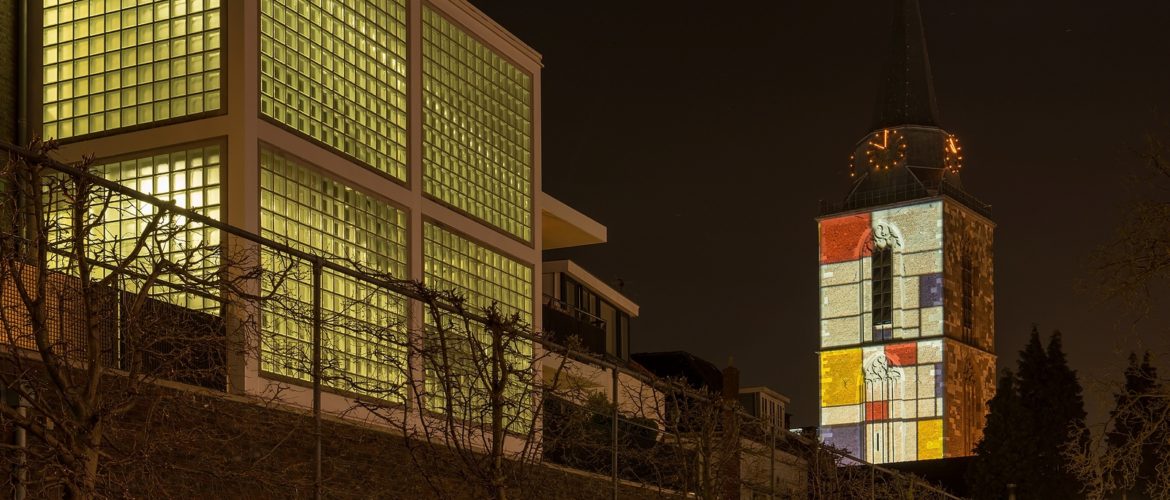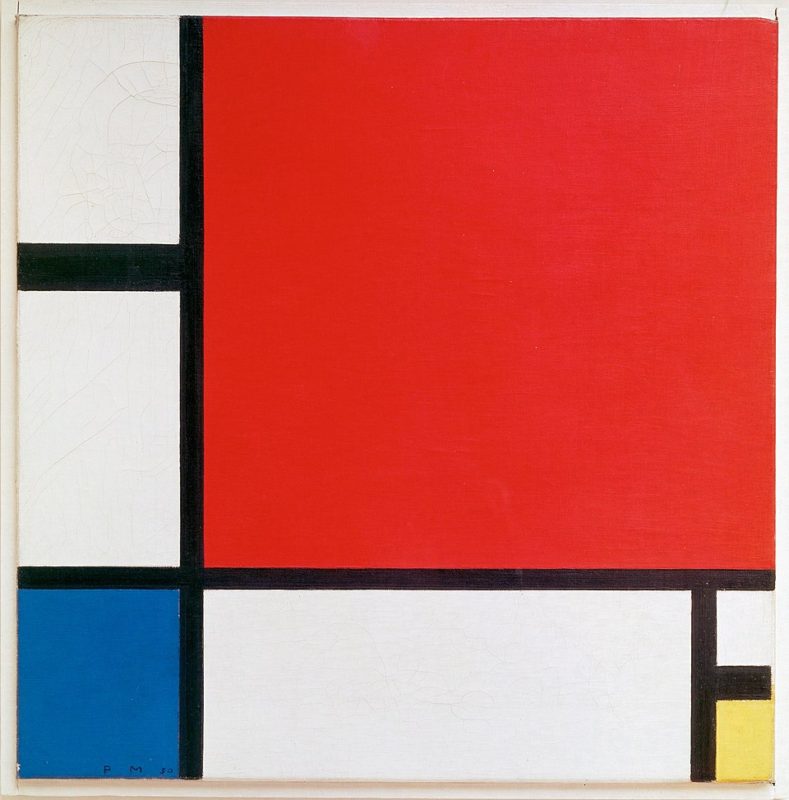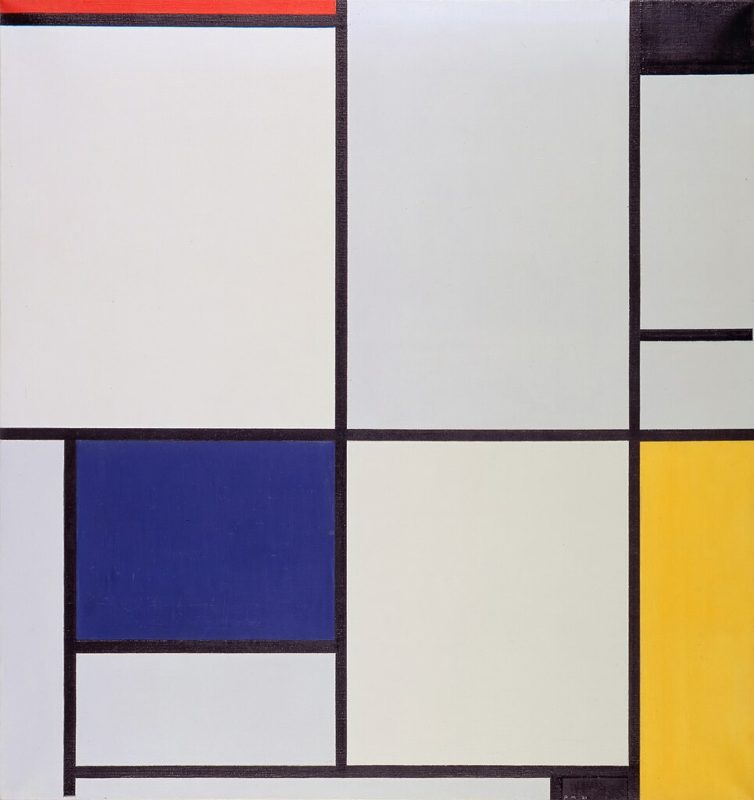Piet Mondrian in Motion: Grids as Digital Age Predictors

Piet Mondrian (1872-1944), an artist who founded the De Stijl art movement, was at the grassroots of modern abstract art. He was born in the Netherlands and received formal training in Fine Arts in the field of Landscape Painting. Despite this, Mondrian abandoned the well-trodden creative path to focus on purely visual essentials. As a result, his colorful geometric forms, too radical and unclear for his time, prefigured many present-day digitally inspired designs that have already become commonplace.
Piet Mondrian’s Unique Visual Language
Piet Mondrian’s creative quest presupposed stripping his own visual language of all unnecessary elements to leave pure essentials. The artist worked with straight lines, right angles, and primary colors, often leaving spacious white fields in his canvases. At the heart of Mondrian’s approach was the idea that art could become an embodiment of universal harmony. Therefore, he spent years looking for the perfectly balanced geometric abstraction.
While many considered Piet Mondrian’s art strange and mechanistic, his design ideas are traceable in many UI solutions of modernity. One may see his proportions in smartphone interfaces and digital element hierarchies. His paintings look like prototypes of modern digital spaces, with flat and clean structures fostering usability.
Piet Mondrian and Pixel Art
Experts also note an intimate connection between Mondrian’s art and the development of pixel art traditions. At first glance, pixels look like small, rigid units. However, if one takes a closer look at the pixel, they will see a universe of rigid units similar to Mondrian’s Composition with Red, Blue, and Yellow. This striking similarity points to the fact that Mondrian surpassed the technological developments of his time and managed to grasp the unique interaction of small color units to create a harmonious visual image when properly structured. This is what pixel artists do at present, rearranging pixels in a search for visual balance and harmony.
Mondrian’s Influences on Architecture and City Planning
It’s also hard to overestimate the impact of Piet Mondrian on urban design, especially in locations with grid city planning approaches (e.g., New York). Such cities embody the order and repetition traceable in Mondrian’s paintings, and the painter managed to capture it. For instance, his Broadway Boogie Woogie canvas represents a bustling network of squares and intersecting lines that reveal the tempo of active urban life.
Notably, Piet Mondrian’s works resonate with audiences today more than ever before. In a world dominated by screens and modular designs, his structured presentations of complexity through order serve as deep, accurate expressions of modern life’s realities.


